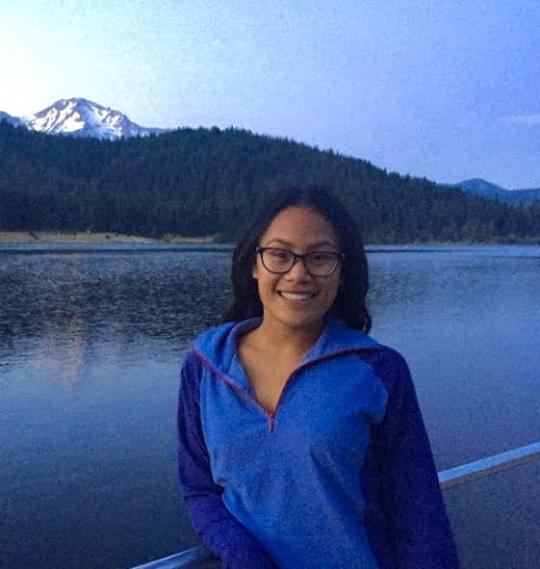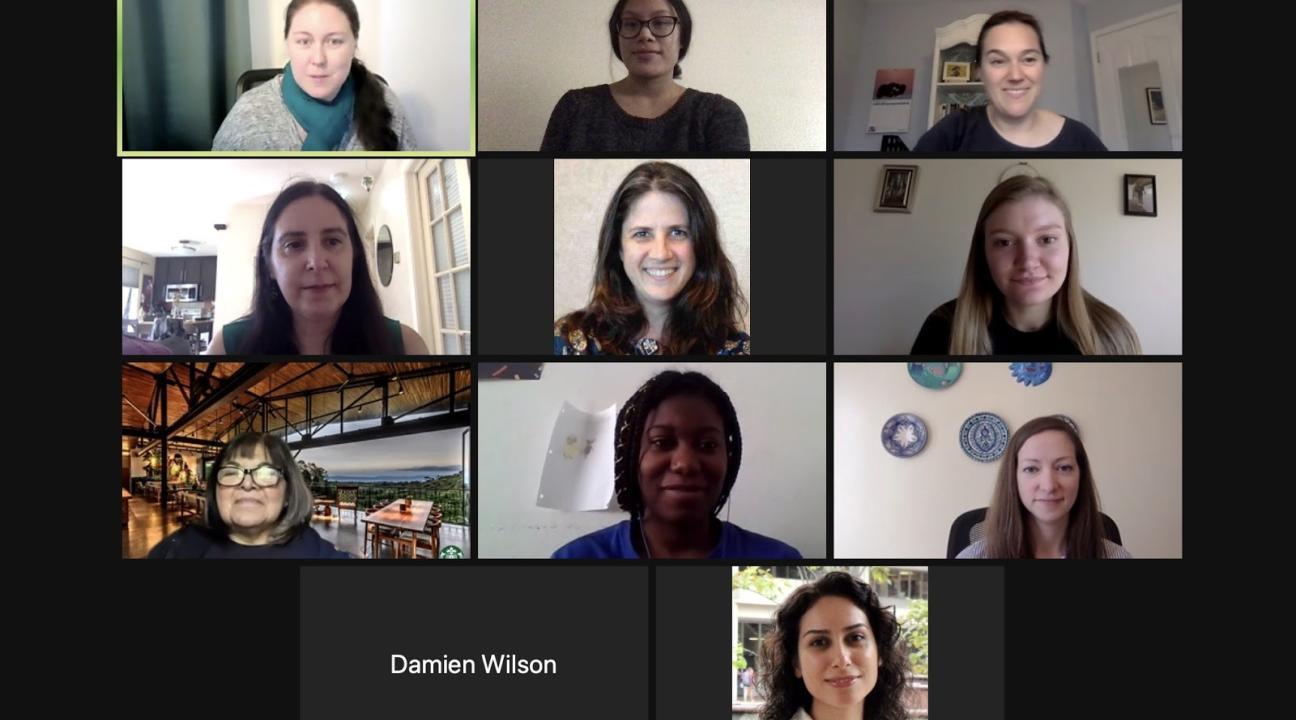Guiding Faculty through RTP with Community Engagement
“I’m really interested in both the recognition of service-learning and community engagement as part of the RTP process and interested in gathering others understandings and expectations of what the level of commitment would be required over what time frame for the RTP process”, said Damien Wilson, Faculty Fellow for the Community Engagement for the School of Business and Economics, as he explains what he is hoping to get out of this workshop.
When it comes to faculty here at Sonoma State, there’s a lot more behind the scenes than what most people think. This workshop, designed for faculty, was hosted by the CCE. It focused on how faculty can leverage their community engagement for their Re-Appointment, Tenure, and Promotion (RTP) process. Service-learning and other forms of community engagement can help them on their road to tenure.
A few faculty that participated in this workshop included: Krista Altaker (Associate Professor, recently tenured in the Nursing Department), Emily Clark (Assistant Professor in the Modern Language and Literature Department, goes up for tenure in the Fall), and Nina Marhamati (a first year faculty member in the Computer Science Department).
An example of a faculty member that went through the RTP process is Missy Garvin, faculty member in the Department of Psychology as well as a Faculty Fellow in the School of Social Sciences for the CCE. She explained that “I started teaching service-learning, I put it into my class, I have a community partner, which was and will again be, the Children’s Museum of Sonoma County… in child development, this is our community partner. I started working with the partner...we worked on it together, we talked about what the Museum needed and what we could offer and it was a very organic process in that way… I started it and it was a little bit of a mess, but we made it better each time... That was the teaching component at the time.”
She then goes on to explain that her service to her community partner was done through research they needed help on. The Children’s Museum wanted to figure out how kids can interact with the museum in a more effective way and Garvin did a study on that for them. Garvin said “I had my students do two different brochures.
A version that had a very specific directive kind of activities and questions, and the other was much more broad…. Would’ve had a research team.. Go inside the museum.. And see how it affects play, how did it affect interaction.” Since covid-19 hit, Garvin had to adjust how she conducted the aspects of her community engagement that were in person.
Overall, this faculty workshop was very confusing for me. As a student, it was cool to see the behind the scenes of service-learning, community engagement, and the RTP process, but I still don’t 100% understand it, since it doesn’t apply to me.
To learn more about service-learning, visit the Tips and Trends Canvas page. If you would like to be added to the Tips and Trends workshop Canvas page, contact Missy Garvin: [email protected]

Author: Kiera Moran



